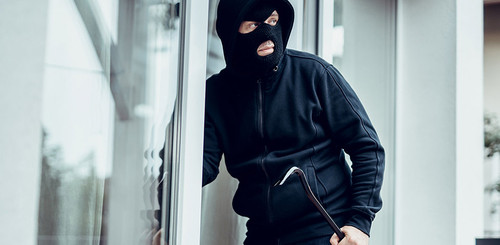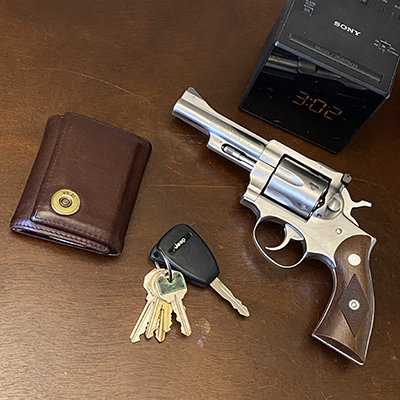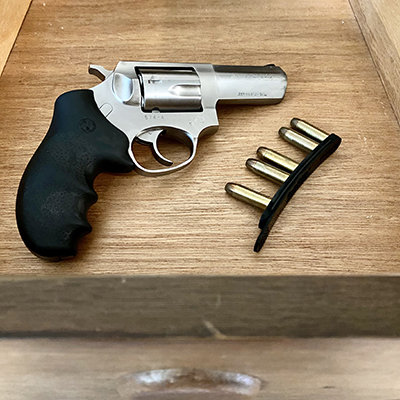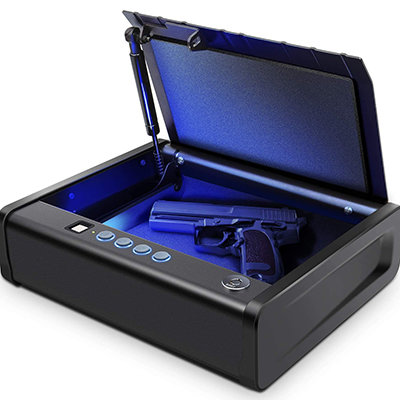How to Store a Gun for Home Defense
Posted by Josh Silverman on 7th Oct 2020
Storing a Firearm for Home Protection
Locked and Loaded? Lock it up.
With the media constantly blasting out a non-stop feed of bad news, more people than ever are considering a gun for home protection. Such a decision, for some, has already been made but for others, the world of firearms and the decisions surrounding them is completely new and can be daunting. One of the most important decisions concerning a gun for home defense is how to store a gun for home protection – and with such a serious topic, there is a great deal to consider.
The first thing to remember when it comes to a firearm is that simply owning one isn’t a magic shield that will somehow ward off evil and protect everyone in every situation. Quite the opposite. Owning, shooting and carrying a firearm, while a right protected by the 2nd Amendment, carries with it a great deal of personal judgement, legal and moral responsibilities and requires of a responsible gun owner the willingness to learn. Learn not just how to use their firearm, but when. Not just how to carry their firearm, but when and where they can and cannot legally do so. And, especially in these days of children being home much of the time as schools are closed due to COVID19, how to safely store a firearm yet still be able to access it for use in a situation where it may become necessary to do so.
In a world more uncertain all the time, in which more people than ever are seriously considering keeping a firearm for home protection, safety is the first consideration. While the safest manner of storing a firearm is unloaded, with a gun lock installed and then locked in a safe or otherwise under lock and key, this isn’t exactly feasible for home defense as hopping up from sleep at 2am, unlocking a combination safe, removing a keyed or combination weapon lock, finding ammunition, then loading a firearm and assessing a threat when something goes “bump” or glass breaks in the night isn’t exactly a rapid response. However, the solution is most certainly not loading up the Glock pistol and leaving it laying on the nightstand next to your phone between the reading lamp and the alarm clock.
A firearm should never be left out and about, loaded, where anyone can access it. Why? Because anyone can access it. In an age where kids are attending school from home on a laptop or pad, they’re home all the time and their safety is imperative – as much from threats inside the home as what might be lurking outside. Furthermore, leaving a firearm in plain view, loaded or not, has legal ramifications. Just watch the news – a teacher instructing students who may see a firearm in the background in a home may, justified or not, feel that environment is unsafe and there may be a knock at the door. It is imperative to know your local and state laws concerning the ownership and storage of a firearm.
So what’s the solution? There’s no ideal answer that’s perfect for every home or every situation, but there are options that are worth considering. Many advocate, not altogether incorrectly, that carrying a firearm around the home, holstered and ready, is the best solution but this is troublesome, as it simply isn’t feasible for many people or at all times. At some point the gun is going to have to come off. Some choose to keep their firearm locked in a drawer or cabinet, out of plain view, unloaded. From a critical time perspective this may not be ideal, but it does keep the gun out of sight, and away from curious hands. Unlocking and opening the drawer, loading a magazine and racking the slide (assuming the gun is a semi-automatic pistol) makes the weapon ready for use.
Some choose to store their firearms in a gun safe that allows for faster access than a combination lock, like a push-button combination code. Again, however, time then becomes a factor. For those utilizing a shotgun, rifle, carbine or some other “long” gun as their form of armed home protection, keeping this stored unloaded in a safe, or a lockable storage cabinet is again the best bet to prevent unwanted access.
Finally, and perhaps the most viable and timely manner of storing a gun for home defense is the biometric or smart storage vault. Generally, these are small but sturdy, lockable storage containers that will hold at least one handgun, that can be hidden almost anywhere like a drawer, cabinet, closet or under furniture. Rather than a combination code, however, they are equipped with the ability to read fingerprints or otherwise be rapidly unlocked even in the dark, which will then allow the weapon to be accessed. This drastically decreases the amount of time required to gain access to a firearm during an emergency. This, too, may have its drawbacks like any other form of storing a firearm intended for home defense, but it keeps the weapon locked, secure, and out of sight.
Having read all this, the point is clear – there’s no perfect, ideal means of storing a firearm for home defense. Fast access often means sacrificing safety, and the most secure storage costs time in a situation in which each moment counts. The individual owner must weigh the options considering firearm safety, the ability to access a gun for home defense, and what their laws say about the matter. Safety of everyone in the home is paramount, both from threats outside the home and from the firearm. Should you decide to keep a firearm for home protection, learn the firearm. Learn the law. Learn the options and then decide on how to most safely and legally store that firearm so that it can do the most good.



